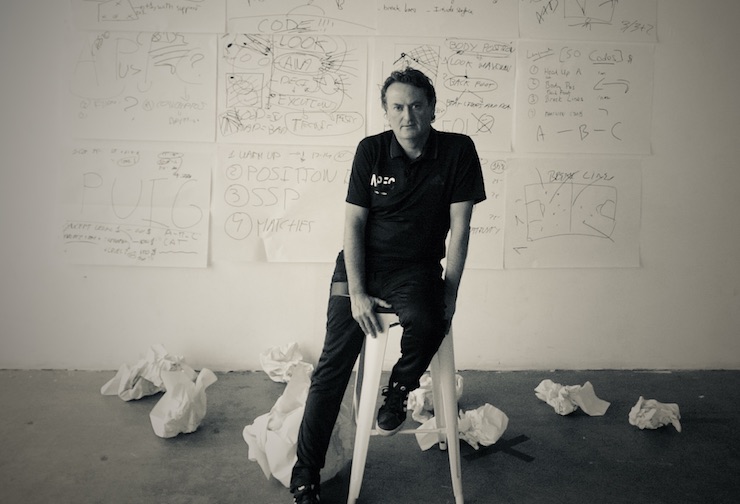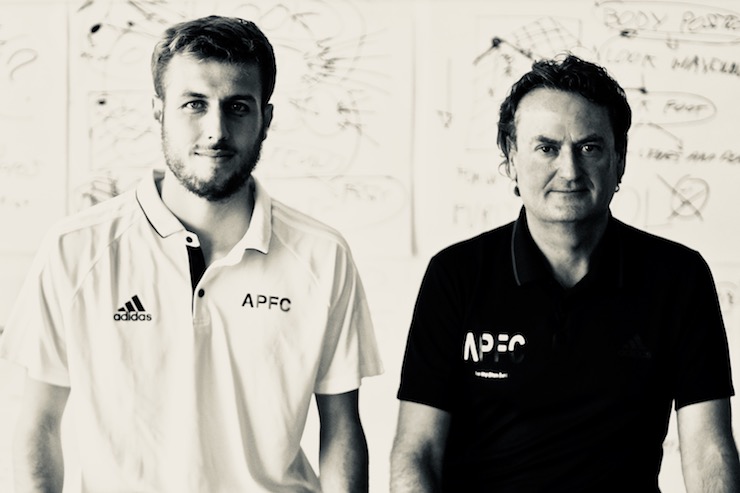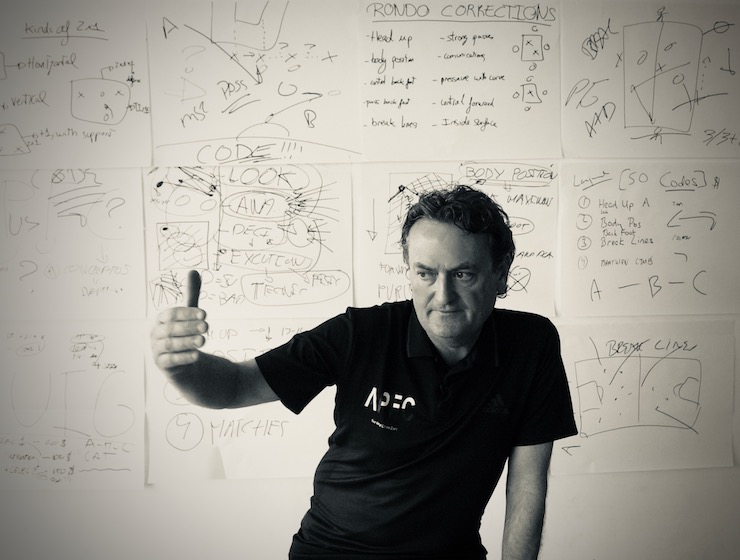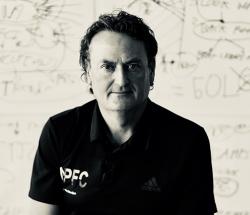Making Soccer Great: Albert Puig on How To Create A Powerful Soccer Style
Albert Puig is a former FC Barcelona Youth Technical Director and now the Assistant Coach of New York City FC. Founder of APFC Courses, Albert Puig is determined to help American youth soccer coaches improve their craft. Those unfamiliar with Puig’s background might wonder how he can make this assertion but those who know he was one of the key people who built FC Barcelona’s famed La Masia — well, those people are just eager to learn from his experience. As the former FC Barcelona Youth Technical Director and the Academy Director at the Catalan Club, Puig has worked with players of all ages through the La Masia ranks.
Youth Soccer News: Before creating a style of play, we must first create and implement an idea tied to an objective.
The questions we must ask ourselves are “What objective do we have — As a club team? As a national team?”
Once we define that objective, we need to define what the best formula for reaching that objective is.
It is necessary to analyze the characteristics of the USA soccer player as well as what is the best methodology for the soccer intended to be played.

A methodology based on the style is then created and a system to implement this methodology on the field is crafted.
It is essential that we find the best way, ideas, style, methodology and system for it all to work as a whole.
I believe that the experience of experts from countries with more soccer history is necessary;
Let’s not reinvent the wheel, but stand on the shoulders of giants instead.
A common mistake I’ve seen is that many people in the soccer world think that the playing system is the style.
This is wrong.
It isn’t enough to line up a team with a 4-2-3-1 and say this is the style of play.
The style is generated by a methodology.
Methodology and style go hand in hand.
Remember that a methodology is the teaching of concepts through different structures and educational ways.
These concepts are what constitutes the language of soccer and we need the soccer player understands that all the concepts are inter-related. However, herein lies a key differentiator.
The universal concepts are accessible to everyone, but few teams, coaches and players pay attention to the details in these concepts.

If the details are identified, explained and practiced until they become a habit amongst the team, then we have developed an identity where we are speaking the same language.
We can’t demand good decision-making skills from the players if we aren’t giving them proper information and details to analyze a situation and make the right decision. It’s really nice to tell them that we must maintain possession of the ball and give great passes.
- But what is a good pass?
- When I do a pass to my teammate, what leg should I aim towards?
- When and why should I do a certain pass?
- What should I do after a pass?
We have a tendency to ask from the players what we want but we don’t explain how and why we want it.
This how and why is the methodology. And please, let’s not confuse methodology with exercises and drills. The methodology is the details in the concepts.

For example, we know that the optimal development of a soccer player is through the constant circulation of the ball, which obviously includes constant reception sequences. If the players have the ability, in each first touch of the ball, to generate advantages during the game, then we can consider using an associative style of play.
This is all the result of a proper understanding and application of the universal concepts such as head up, break the line, between lines, back foot, body profile, speak through the ball, etc.
Once all these concepts and the details within them are mastered, then can we avoid playing by reaction, and instead play by understanding our actions as a player. If the players understand the game, then they can make the right decisions. If I make good decisions I’m a good player, while bad decisions make me a bad player.
Master of the ball, master of the game!






